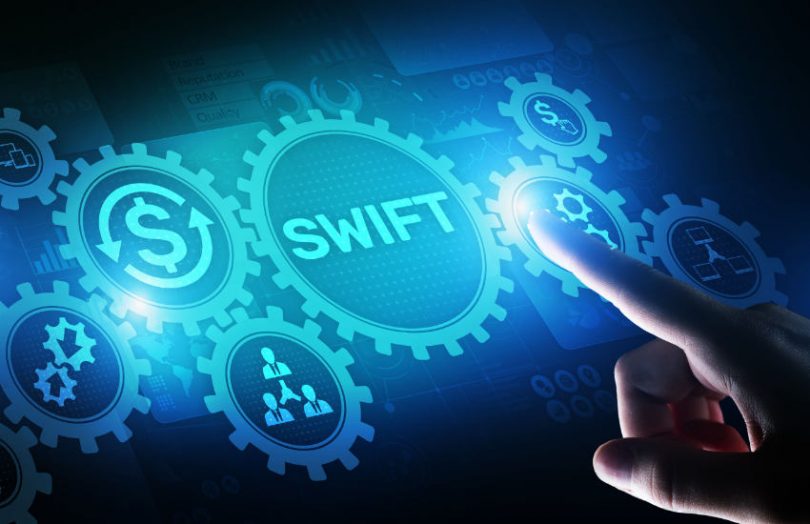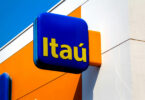Yesterday the SWIFT Institute published a paper on digital assets authored by Professor Alistair Milne of Loughborough University School of Business. Professor Milne envisages mainstream adoption of digital assets but predicts that decentralized finance (DeFi), where there is a direct exchange of crypto assets without intermediaries, will continue as a ‘fringe’ activity. Instead, institutions will play a central role in digital assets.
The paper was commissioned by SWIFT but is not reviewed by the organization, nor does it represent its views.
Professor Milne’s observation might appear provocative, but most crypto transactions go via exchanges that could be more heavily regulated in the future.
He makes some useful observations about what makes digital assets distinctive. “To some degree the new digital assets are simply the presentation of ‘old wine in new bottles’,” he writes. But he believes digital assets are novel because they involve the owner directly holding the assets as opposed to through financial intermediaries.
Historically assets have been held directly. It’s only in the last 150 years or so there’s been this move to indirect holding both for money through banking and for investments via custodians.
As a result, there’s “no need for settlement” with digital assets. Transactions involving conventional assets are usually split into two parts, the trade and the post-trade aspect, which involves the payment and the transfer of the asset. With digital assets, the trading, settlement, and transfer are all part of one atomic transaction.
As a result, many of these intermediaries’ business models will be challenged by this shift to direct holdings. The costs of the changes are very high, as are the potential regulatory changes needed if there’s a move away from the typical two-day settlement and netting. Of course, there are also massive potential savings from the efficiencies that can be gleaned.
Regulation
The paper splits digital assets into three buckets: cryptocurrencies and anything that runs on a permissionless ledger; regulated digital money; and permissioned ledgers used for digital securities and automating financial markets.
When it comes to DeFi and cryptocurrencies, “all that regulation can do is to control the regulatory perimeter, the boundary between decentralised and mainstream finance.” However, Professor Milne notes that most crypto transactions take place through intermediaries, so crypto exchanges can expect to be regulated.
One area Professor Milne does not explore is some moves in the DeFi world to have permissioned DeFi pools such as Aave Arc running on permissionless blockchains. And several players are working on decentralized identity to make KYC possible for DeFi outside of centralized exchanges.
Another point is left unsaid in the paper. And that’s where SWIFT fits in a digital asset future when there is no need for a payment message separated from the digital money.
Hence, last year SWIFT initiated a series of experiments with Accenture to explore potential roles for itself. One area it’s investigating is whether it can be a trusted third party to enable interoperability between central bank digital currencies (CBDCs) and non-CBDC payment networks as well as digital asset networks. It’s also considering operating a DLT network on which CBDCs are built.






